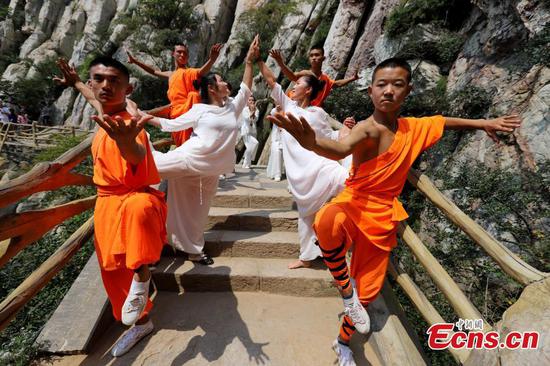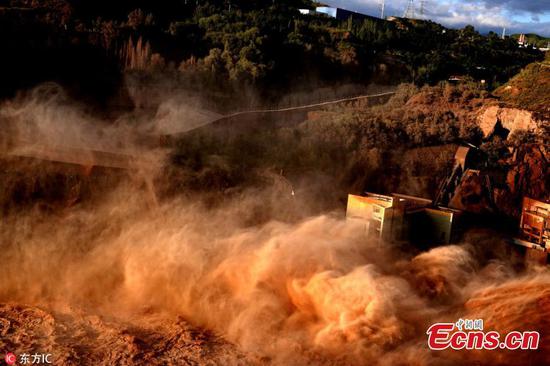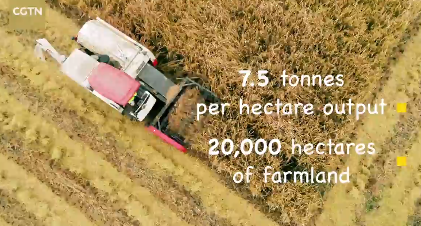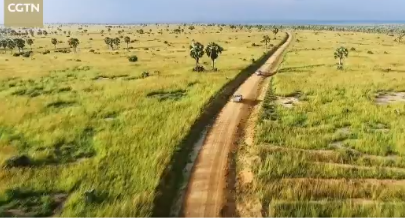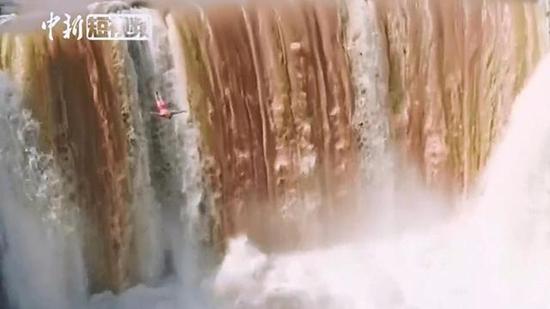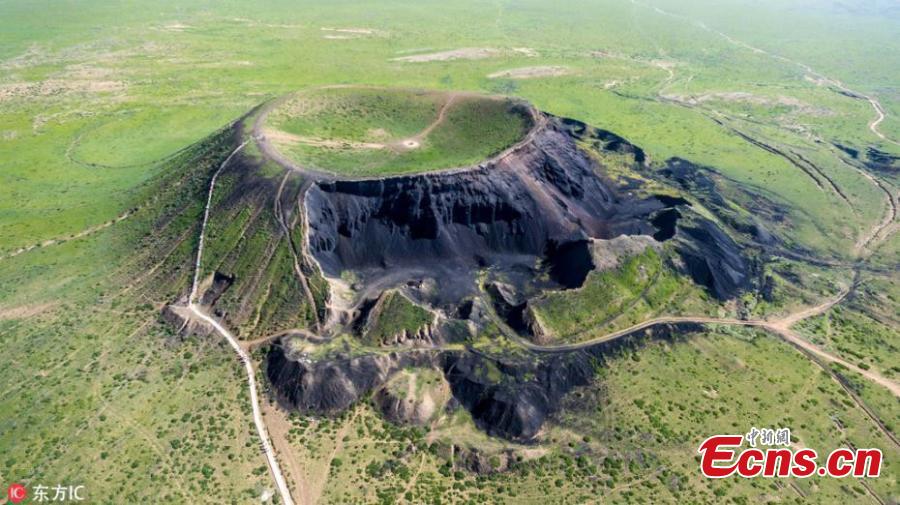
File photo of Ulan-hada Volcano Geopark in Chahar Right Rear Banner, North China’s Inner Mongolia Autonomous Region. The park, 380 kilometers from Beijing and known as a “museum” of natural volcanoes and lava landforms, has attracted an increasing number of tourists - at its most, 6,000 a day in 2018 - and local authorities are unable to cope with the strain these numbers place on the management of and environmental protection at the park. The park has recently closed. (Photo/IC)
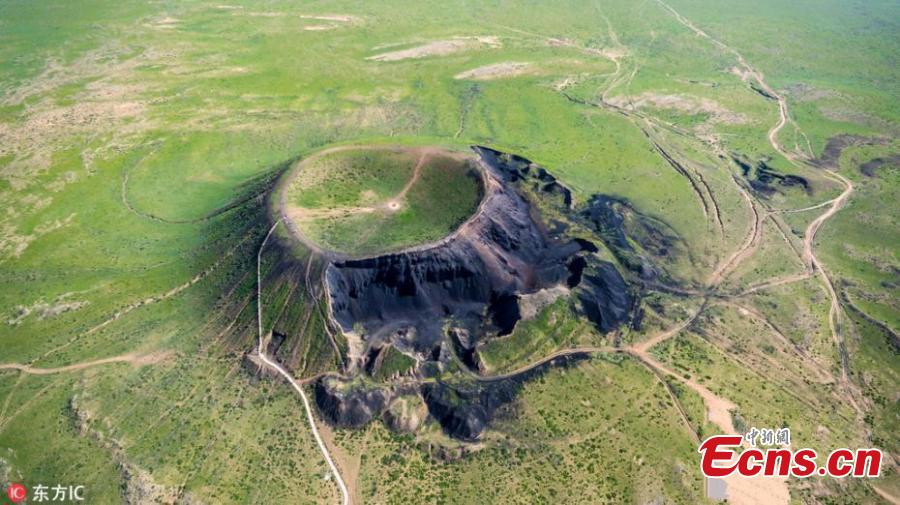
File photo of Ulan-hada Volcano Geopark in Chahar Right Rear Banner, North China’s Inner Mongolia Autonomous Region. The park, 380 kilometers from Beijing and known as a “museum” of natural volcanoes and lava landforms, has attracted an increasing number of tourists - at its most, 6,000 a day in 2018 - and local authorities are unable to cope with the strain these numbers place on the management of and environmental protection at the park. The park has recently closed. (Photo/IC)

File photo of Ulan-hada Volcano Geopark in Chahar Right Rear Banner, North China’s Inner Mongolia Autonomous Region. The park, 380 kilometers from Beijing and known as a “museum” of natural volcanoes and lava landforms, has attracted an increasing number of tourists - at its most, 6,000 a day in 2018 - and local authorities are unable to cope with the strain these numbers place on the management of and environmental protection at the park. The park has recently closed. (Photo/IC)
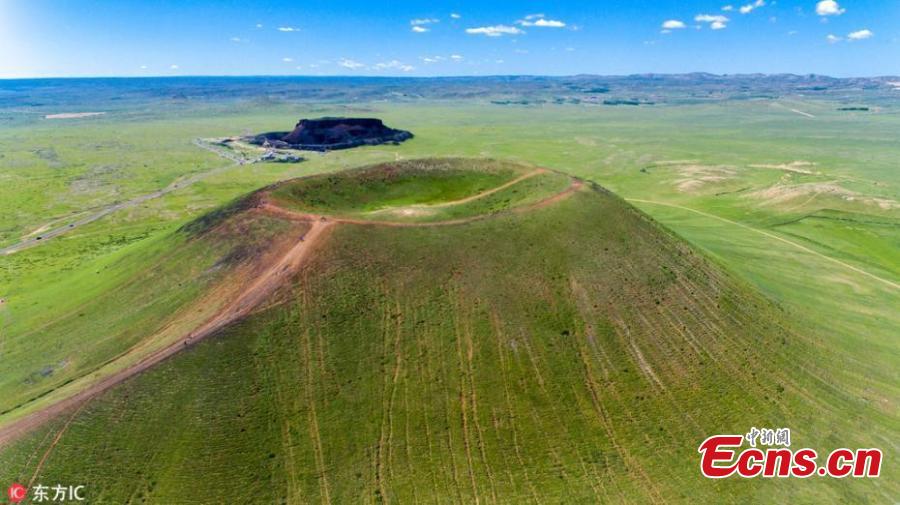
File photo of Ulan-hada Volcano Geopark in Chahar Right Rear Banner, North China’s Inner Mongolia Autonomous Region. The park, 380 kilometers from Beijing and known as a “museum” of natural volcanoes and lava landforms, has attracted an increasing number of tourists - at its most, 6,000 a day in 2018 - and local authorities are unable to cope with the strain these numbers place on the management of and environmental protection at the park. The park has recently closed. (Photo/IC)












